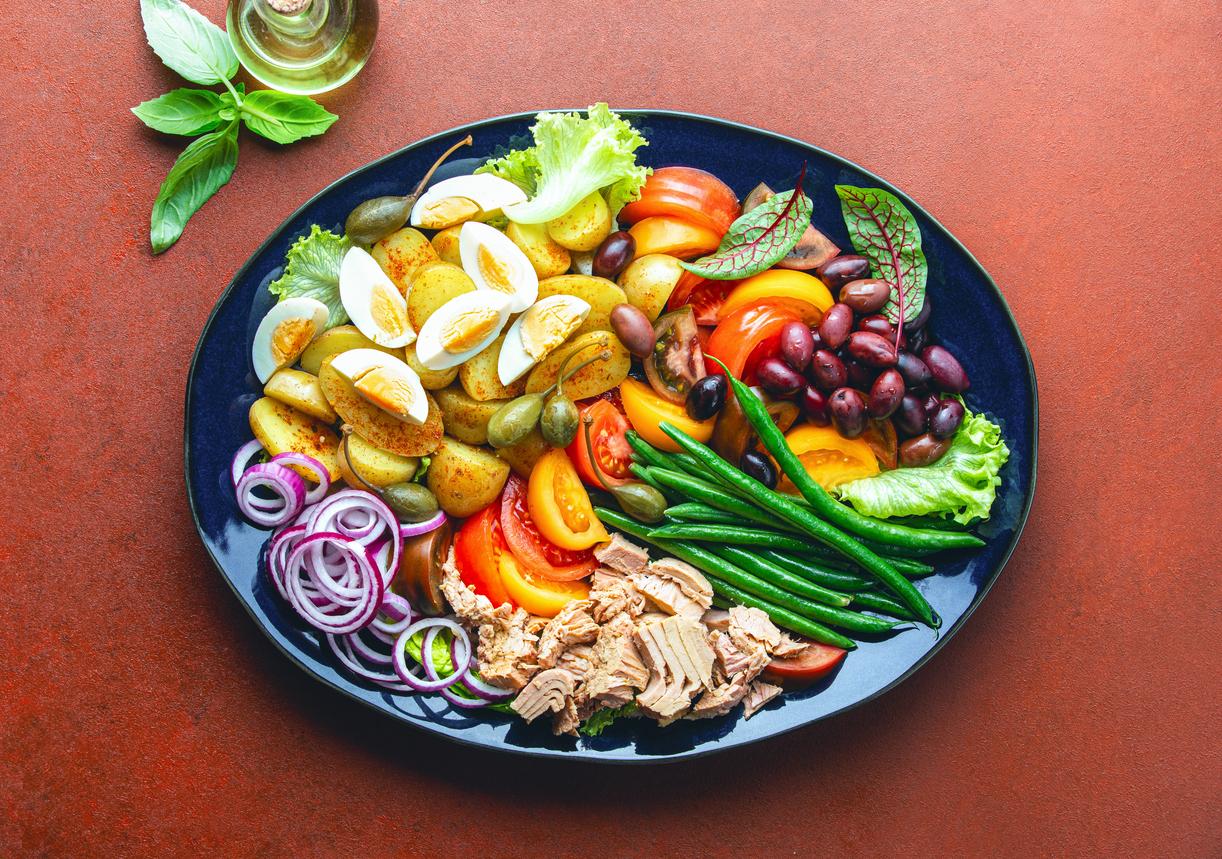A Dutch researcher proposes to fight against food waste by checking her fridge before shopping and by relaxing the safety rules.

Such a waste. One third of the food produced on Earth is lost or thrown away. It is not for lack of warning about the risks of such behavior. In the prestigious journal Science, a researcher from the University of Aarhus (Netherlands) proposes an alternative approach: “act one fridge at a time”. Its doctrine is simple since it involves reducing waste to act on greenhouse gas emissions. Its strategy is focused in particular on a review of food safety rules.
30% of food thrown away at home
“We know more or less the extent of the problem and the causes of food waste,” explains Jessica Aschermann-Witzel in Science. The next step will be action, and work is needed to identify what is most effective. The causes of this mess vary by region of the world. In disadvantaged areas, it occurs in 75% of cases between harvest and purchase due to poor harvesting and transport techniques. Improved infrastructure should reduce the extent of waste.
In developed countries, consumer choices are at the heart of the issue. 30% of food purchased by a household ends up in the trash. In question, according to the Dutch researcher, cultural norms. Many people offer plethora of food to their guests. But Jessica Aschermann-Witzel insists above all on the poor perception of health safety standards. “Foods are taken off shelves, from the service and from homes because they are no longer considered optimal when they are nearing their best before date or have minor flaws,” she writes. Fruits and vegetables are particularly affected by the phenomenon.
Act on a small scale
The Dutch nonetheless sees a glimmer of hope in this bleak picture: throwing away food is always accompanied by a feeling of guilt. “A good start,” she says. That’s why she pleads for small-scale action: for every household to check the contents of their refrigerator before shopping, for example.
Governments can also act by reviewing food safety rules, which are sometimes too strict. “Lowering the prices of near-expiration food prices and alternative redistributions are not effective if they simply push the mess into private homes rather than supermarkets,” warns Jessica Aschermann-Witzel. Producers can help their side by developing packaging that keeps food fresh.
.















